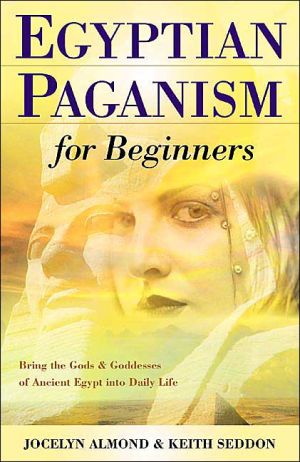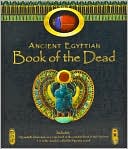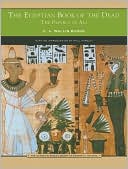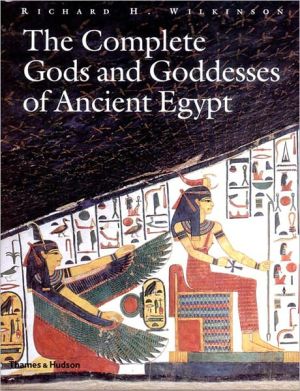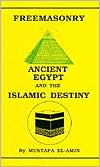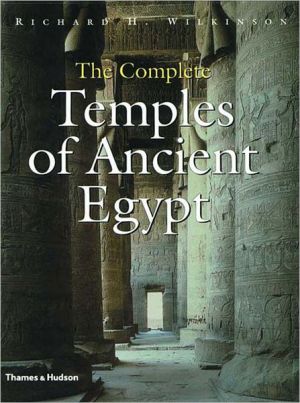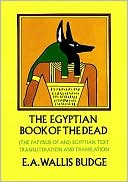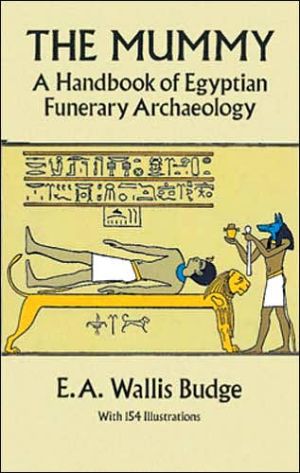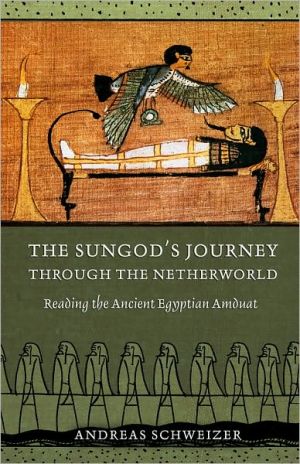Egyptian Paganism
Bring the sacred rites and rituals of ancient Egypt into your Pagan practice today. This beautifully written guide, by noted scholars Jocelyn Almond and Keith Seddon, presents a compelling overview of ancient Egyptian religious and magical beliefs.\ Egyptian Paganism for Beginners is unique in its focus on specific rituals for individual gods and goddesses. For solitary practitioners who want to perform daily devotions, it offers genuine invocations and prayers for each of the main Egyptian...
Search in google:
Bring the sacred rites and rituals of ancient Egypt into your Pagan practice today. This beautifully written guide, by noted scholars Jocelyn Almond and Keith Seddon, presents a compelling overview of ancient Egyptian religious and magical beliefs. Egyptian Paganism for Beginners is unique in its focus on specific rituals for individual gods and goddesses. For solitary practitioners who want to perform daily devotions, it offers genuine invocations and prayers for each of the main Egyptian deities. There are translations of authentic religious texts, along with insightful commentary on relevant Egyptian history, myth, and lore.Also included in this comprehensive guidebook are practical instructions on how to cast a circle, make a shrine, consecrate statues, and channel oracles. The reader will learn how to safely evoke entities, invoke deities, and "assume the Godform"-a major tenet of ancient Egyptian religion. Publishers Weekly Disappointingly inaccessible, this primer contains none of the handy reference tools normally associated with a beginners' guide. Nowhere is the "Getting Started" list of things to have on hand: altar accoutrements, offering items, sacred texts. Also missing are a "Know Your Deities" chart and a glossary of terms. Instead, the authors provide more of an advanced fireside chat on Egyptian Paganism. They provide some guidelines, but even these can be unclear: "The shrine or altar should preferably be placed in the east, the direction of sunrise, or else so that you are facing towards Egypt; but if this is not possible, it does not really matter, as all directions have some sacred significance." The text is peppered with odd references to other religions: the writers compare the concept of heka (Egyptian magic) to the Christian Logos (Word of God); and later, while discussing the assumption of a "godform," they encourage spontaneity by quoting the New Testament letter of 2 Peter. Though the authors devote a chapter to the invocation of each god or goddess, here too, the first-time reader becomes more muddled than enlightened. Mythology mixes with seemingly stream-of-consciousness musings, and the authors sometimes drop various oh-by-the-way suggestions that seem disjointed, as when they encourage readers to use the same incantations with other neteru (gods). Better organized, this text could provide an interesting and useful tool in pursuing pagan worship. Unfortunately, as is, it more likely will discourage even the most diligent of beginners. (May) Copyright 2004 Reed Business Information.
AcknowledgmentsxPart IChapter 1Concepts of God3Chapter 2Ka, Sekhem, and the Heavenly Kine9Chapter 3Casting a Magic Circle15Chapter 4Making a Shrine23Chapter 5Invoking the Neteru35Chapter 6Totem Animals39Chapter 7Egyptian Magic43Chapter 8Assumption of the Godform51Part IIA Note on the Sacred Texts631Ra-Atum672Amun793Ptah894Neith975Khnum1036Thoth1097Hathor1198Sekhmet and Bast1279Shu13510Maat14311Nut15312Geb16113Osiris17114Isis18515Set20316Nephthys21717Horus the Elder22518Harsiesis23119Anubis23920Min24521Khonsu24922Imhotep251Conclusion: What to do Next255Bibliography261Index267
\ Publishers WeeklyDisappointingly inaccessible, this primer contains none of the handy reference tools normally associated with a beginners' guide. Nowhere is the "Getting Started" list of things to have on hand: altar accoutrements, offering items, sacred texts. Also missing are a "Know Your Deities" chart and a glossary of terms. Instead, the authors provide more of an advanced fireside chat on Egyptian Paganism. They provide some guidelines, but even these can be unclear: "The shrine or altar should preferably be placed in the east, the direction of sunrise, or else so that you are facing towards Egypt; but if this is not possible, it does not really matter, as all directions have some sacred significance." The text is peppered with odd references to other religions: the writers compare the concept of heka (Egyptian magic) to the Christian Logos (Word of God); and later, while discussing the assumption of a "godform," they encourage spontaneity by quoting the New Testament letter of 2 Peter. Though the authors devote a chapter to the invocation of each god or goddess, here too, the first-time reader becomes more muddled than enlightened. Mythology mixes with seemingly stream-of-consciousness musings, and the authors sometimes drop various oh-by-the-way suggestions that seem disjointed, as when they encourage readers to use the same incantations with other neteru (gods). Better organized, this text could provide an interesting and useful tool in pursuing pagan worship. Unfortunately, as is, it more likely will discourage even the most diligent of beginners. (May) Copyright 2004 Reed Business Information.\ \
